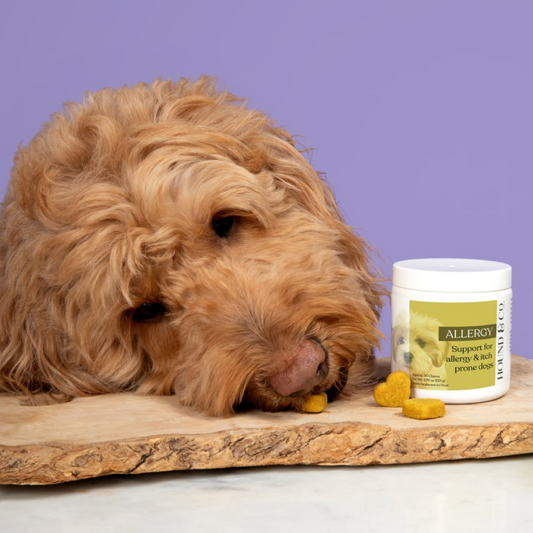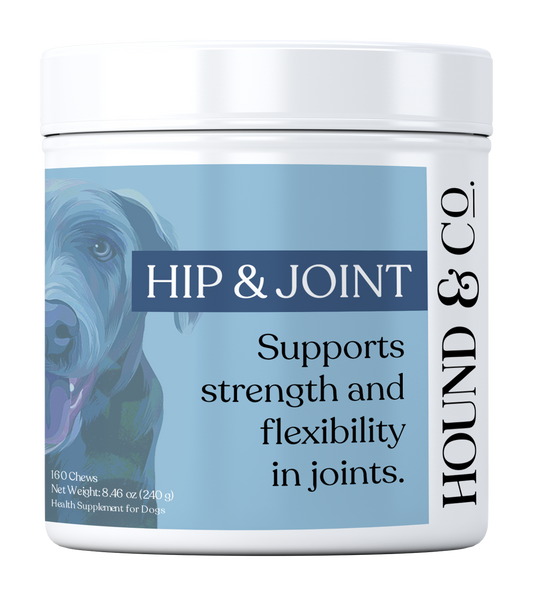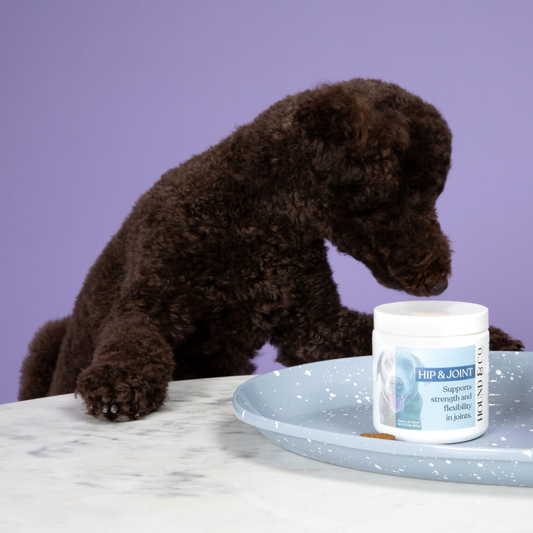I’ve Seen This Mistake Ruin a Dog’s Joints… Don’t Let It Happen to Yours

Vet Reviewed by Dr. Jacob Klos, DVM

The Cost of Waiting Until It’s Too Late
Most pet owners don’t think about joint health until they see their dog start to limp, slow down on walks, or hesitate to jump up on the couch. But by the time these symptoms show up, real damage has already been done.
The biggest mistake we see? Waiting for visible symptoms before taking action.
Joint deterioration happens slowly, over time. Cartilage breaks down. Inflammation builds. And once it starts, it’s incredibly hard to reverse.
How Dog Joints Work—and Break Down
Your dog’s joints are cushioned by cartilage and lubricated by synovial fluid. As they age—or in active dogs, simply through wear and tear—that cushion can start to thin. Without proper support, inflammation sets in, leading to discomfort and restricted movement.
What’s worse: certain dogs are more prone to early joint damage, including:
- Large and giant breeds
- Dogs that jump, run, or climb frequently
- Overweight dogs (extra stress on joints)
- Senior dogs and aging adults
Why You Shouldn’t Wait for the Limp
By the time your dog is visibly limping, avoiding stairs, or struggling to get up, inflammation and cartilage loss have likely been in play for months—or even years.
Signs to watch for before the limp appears include:
- Slower movement or stiffness after rest
- Hesitation to jump or climb stairs
- Pacing or shifting weight between legs
- Loss of interest in long walks or active play
These subtle clues often get dismissed as “just getting older,” but they’re early warning signs of joint decline.
How to Support Your Dog’s Joints Early
Good news: joint damage is preventable when you support your dog early and consistently. Whether your pup is 2 or 10, here are some steps you can take:
- Maintain a healthy weight: Less weight = less joint stress
- Use ramps or stairs: Especially for small breeds or couch jumpers
- Build low-impact activity: Like swimming or controlled walks
- Add a joint supplement: Look for one with glucosamine, MSM, chondroitin, and turmeric to reduce inflammation and support cartilage
Daily joint support isn’t just for seniors—it’s one of the best things you can do to protect your dog’s future mobility.
Final Thoughts
We’ve seen too many dogs come into the vet clinic with irreversible joint damage that could have been minimized—or even avoided—with early support. The best time to protect your dog’s joints is before they show signs of pain.
Your dog deserves a lifetime of mobility, play, and freedom. Start now—and keep them moving for years to come.









